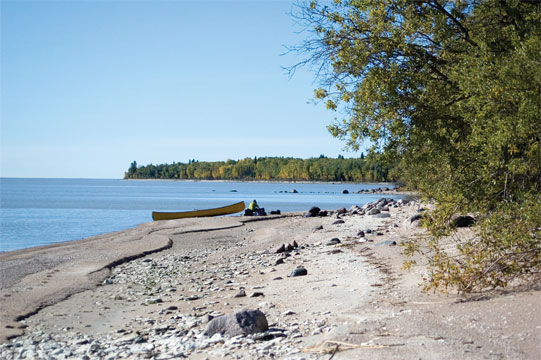Just a couple hours north of Winnipeg lies the beautiful south eastern Interlake region—abundant with a huge variety of plants, animals, birds, and fish.
The lands and waters that make up this area are a wonderfully wild place—a boreal region of forests, wetlands, and sandy shorelines lining inlets and islands.
The People
For centuries, Indigenous people made their homes and livelihoods in the area.
They were joined by settlers whose families have lived in the region for generations and newer residents who were attracted by the quiet forests and fish-filled waterways.
Thousands of Manitobans now visit the region as cottagers, campers, and day-trippers.
As the region continues to develop, we need a plan for how to balance development with the conservation of natural spaces, land-based practices and traditional cultural development. To this end, Fisher River Cree Nation, Kinonjeoshtegon First Nation and Peguis First Nation have partnered to develop a conservation plan for the region that supports these goals, and involves the participation of their neighbours and other communities in the region.
Conservation Value
The region’s forests and wetlands are key to restoring the health of Lake Winnipeg because they act as natural filters against damaging nutrients.
They help to prevent floods and also serve as a massive carbon sink.
The lands and waters provide habitat for 42 species of conservation concern, of which 15 are endangered or threatened including:
- trumpeter swan;
- piping plover;
- little brown myotis & northern myotis bats;
- and the monarch butterfly.
The region is also a major migratory stop for ducks, Canada Geese, and other waterfowl. It hosts three Important Bird Areas: Riverton Sandy Bay, Louis Island, and Gull and Sandhill Island, along with a number of significant waterfowl areas.

Take Action
Challenges & Opportunities
Our beautiful region presently has commercial logging activity and peat moss harvesting. Mining companies have staked claims.
We need to ensure that industrial resource extraction is balanced with an adequate level of conserved places in this area so the lands are full of moose to hunt, the rivers are clean and stocked with fish, and the lakeshore is once again a healthy place to build sandcastles and teach our children to swim.
Appropriate natural resource protection will ensure the lands and waters can continue to provide for our health and lifestyles, while safeguarding tremendous opportunities for community-driven sustainable business ventures.
